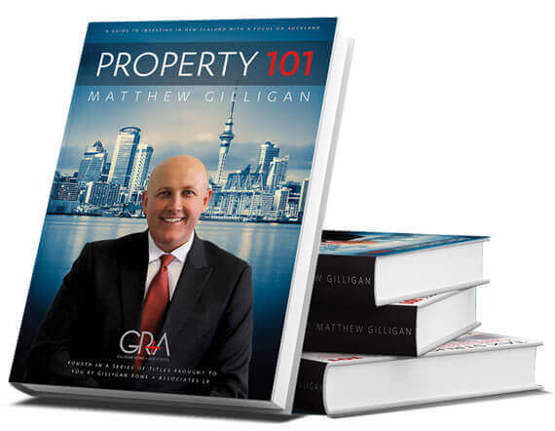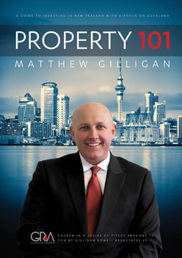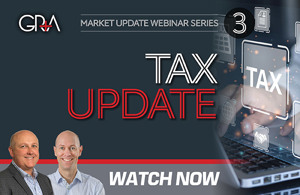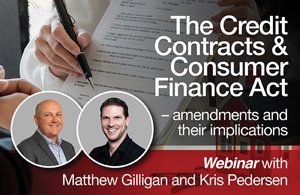
This week I had an interesting conversation with two individuals who had received some really poor advice from their advisors. This advice has cost them dearly in terms of the assets they are about to lose. But the rot doesn't stop there, as the loss of their assets will have a long-term effect – it will most definitely deprive their children of their inheritance.The story goes something like this...
Mr and Mrs Smith were offered a business opportunity which they decide to take up. Before they did so, they approach their advisor who told them to set up a trust and move their family home into the trust. This would of course bestow asset protection upon the home, the Smiths were told. And the Smiths, being sensible individuals, relied on that advice.
A trust was duly set up and the Smiths sold their family home to that trust. Because the trust did not have any money to pay the Smiths for the home, the trustees gave the Smiths an IOU – a Deed of Acknowledgment of Debt in legal speak.
At this point the first error was committed. There was no Hawkins or Entrenchment clauses in the IOU and we all know what that means. Just in case you don't however, don't worry. We are going to tell you because this would be one of the largest mistakes we see when trusts are set up and IOUs are given out.
The Smiths were then told to enter into a gifting programme and to forgive $27,000 of the debt each and every year that was owed to them by the trust. Again, the Smiths, being the sensible individuals they were, relied on that advice. They were also under the impression that their advisor would take care of preparing the gifting documents for them on an annual basis. After all, it was the advisor's job to do this.
At this point the second error was committed. The advisor didn't run a computerised gifting programme. That advisor simply ran a paper spreadsheet. Unfortunately, the other member of their staff, who was also responsible for completing trust work, also ran a manual paper spreadsheet. Neither the advisor nor the staff member had regular Trust Department meetings so neither of the spreadsheets were ever checked to ensure that all clients actually got put on to a spreadsheet. Truly a recipe for disaster! As it turns out, clients' gifting was often missed because they were never noted on either of the manual spreadsheets.
If the above two errors weren't bad enough, a third error was committed. It was this error that was truly fatal for the Smiths.
The Smiths' business venture was really going well so they decided to sell their house and get a bigger one. This did mean they would have to take on a bigger mortgage but because the business was prospering, the thought of a larger loan didn't bother them. So they instructed their advisor to attend to the conveyancing of the property. Once the house was sold, the sale proceeds were placed in the Smith's personal bank account. We all know the danger of this, but just in case you don't, don't worry. We will tell you and we'll do this because this is another very, very common mistake we see.
After the house was sold, another business opportunity came up in connection with their existing business. This opportunity, however, would require the Smiths to move overseas for a couple of years. They decided to take up this new business venture, so delayed buying another house. They were unsure about what they should do with their trust so they called their advisor.
The advisor told the Smiths to put the sale proceeds they got from their home on term deposit and that there wasn't any further need to gift as they were now heading overseas. Therein lies the nail in the Smiths' coffin unfortunately, but the Smiths, holding the view that their advisor knew what he was talking about, relied on that advice. They did indeed put the sale proceeds in a term deposit account held in their personal names and they did indeed stop their gifting programme.
All went well in the lives of the Smiths for about two years. But then the market turned. Their business overseas went into liquidation. They returned to New Zealand to find the manager they had left in charge was not coping and to make matters worse, the market in New Zealand had also changed. What was once a profitable business, was now in the red. Rather than producing money each and every month, all it produced was more debt.
The New Zealand business duly went into liquidation, leaving a sizeable debt owed to the bank. At the time when the Smiths originally purchased their New Zealand business they gave a personal guarantee to the bank. But don't worry – the bank got paid in full! How? Easy. The sale proceeds on term deposit were held in the individuals' personal names so the bank simply applied the guarantee against those proceeds and took them, crediting those monies against the monies the New Zealand business owed them. We've told everybody for years how to handle the banks. Don't worry if you are unsure about this point. We'll gladly tell you because this is probably one of the largest traps people fall into.
How could all of this been avoided? What does this have to do with stopping the gifting programme? How do you handle the banks?
To find out the answers to these questions and the ones we've highlighted above, simply come to my next seminar called "Family Trusts Tips and Traps".
Go on - Register Now. It could save your assets – even if you don't go into business.
Professional Trustee Services
Gilligan Rowe + Associates LP
Chartered Accountants
Email: [email protected]
Ph: +64 9 522 7955
P.S. Did you like this article? Go ahead and sign up to our free newsletter and receive tips, updates and useful information to help you protect your assets and grow your net worth. GRA are accountants who provide expert accountant advice both in NZ and offshore.
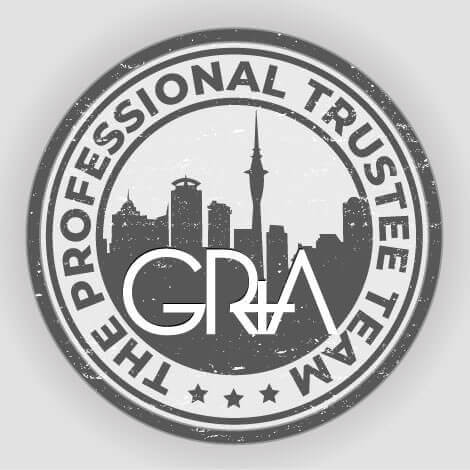
The Professional Trustee Team
Did you like this article? Subscribe to our newsletter to receive tips, updates and useful information to help you protect your assets and grow your net worth. We're expert accountants providing expert advice to clients in NZ and around the world.
Disclaimer: This article is intended to provide only a summary of the issues associated with the topics covered. It does not purport to be comprehensive nor to provide specific advice. No person should act in reliance on any statement contained within this article without first obtaining specific professional advice. If you require any further information or advice on any matter covered within this article, please contact the author.
Comments
Testimonials
I got a lot out of each Property School session and feel I have a lot more knowledge. - Amelia, September 2018
Property 101by Matthew Gilligan
Investing in residential property?
Put this at the top of your reading list.
If you're investing in residential property, seeking to maximise your ability to succeed and minimise risk, then this is a 'must read'.
Matthew Gilligan provides a fresh look at residential property investment from an experienced investor’s viewpoint. Written in easy to understand language and including many case studies, Matthew explains the ins and outs of successful property investment.
- How to find the right property
- How to negotiate successfully
- Renovation do's & don'ts
- Property management
- Case studies and examples
- and much, much more...

